Learning Chess — Checkmate (Part 5)
This is perhaps were most new players get hung up on; the Checkmate. The checkmate might be one of the most complex rules of chess. When do you have the opportunity to checkmate? What are the requirements for a checkmate? Most new players are great at taking pieces from the opponent, but often get hung up on check mating. Checkmating can be colloquially described as; forcing the King to surrender by surrounding the King with your enemy troops!
-----------------------------------
Checkmate
The goal of a checkmate is putting the opponent King in an unmovable situation. It is that simple. However, there are millions of ways in doing so, the best way to get good at checkmating is by practicing checkmate patterns. Practicing checkmate patterns trains you to perceive opportunities to checkmate. This is the best solution for becoming good at checkmating — by practicing. Let’s first start by giving you some examples of unmovable situations of the opponent King, after that I will present some checkmate puzzles.
The backrank mate
This mate is one of the most common among new players!
The simple way to defend against it is black Pawn g6
Queen and Knight mate
Queen and Bishop mate
We are now starting to see how valuable the Queen is in checkmating!
Queen and Rook mate
Queen and Pawn!
Queen and King
I call it the eternal lovers mate!
Queen only!
Sometimes you can checkmate by exploiting the blocked path impeding the King its escape.
Epaulette mate (Queen only 2)
Another example of exploiting the blocked path of King’s escape! You might ask yourself:’’ yeah right, like that is ever going to happen!’’. However, these Queen only checkmates are good to keep in mind when nearing the end games.
Rook and King mate
Rook and Queen mate
Arabian mate (Rook and Knight mate)
Anastasia's mate (Rook and Knight)
Rook and Bishop mate
Two Rooks mate
Two Rooks mate 2
This mate is also very popular by new players!
It is very simple to execute, you force the King to a side of the board, and then deliver the finishing blow with your second Rook.
Bishop and Queen mate
Morphy's mate (Bishop and Rook)
Two Bishops and King mate
Knight and Queen mate
Knight and Rook mate
Checkmate with King, Knight and Bishop
Blackburne's mate (Knight and two Bishops)
King and Pawns Checkmate!
Rook and Pawn mate
-----------------------------------
Checkmate guide
The first thing one should learn is to try to regularly spot checkmate opportunities.
You do this simply by consciously looking at the board for a checkmate opportunity, you can decide yourself when to do this, but I recommend you do this, if possible, on each turn. This should become a habit. One can follow this guide to make sure one can checkmate or not:
- First, you first starting by having a hunch, you think that can you checkmate your opponent on the next turn.
- Secondly, you try to asses potential escape routes: does the King still has squares it can escape to?
- Thirdly, if you would make that move, could your opponent defend against that potential mate?
Checkmating requires being observant! Let’s apply this guide to the set-up below:
1. You think that you can mate the black King by moving the Rook to d8
2. You try to asses potential escape routes.
It seems that King has nowhere to go if you would place the Rook on d8
3. Can your opponent defend it self if you would place the Rook on d8?
Yes! With Knight to f8, this mate is a no-go! You could try to take the Knight with the Rook. However if you would do this, the Black King can take your Rook!
-----------------------------------
Checkmate Puzzles!
Okay, enough theory, let’s have some fun with some beginners checkmate puzzles!
You can write your answers down by using chess notation, at the end there will be a link providing all the answers! We haven’t discussed chess notation yet, but you can use the simple form.
First you state which piece you are going to move, secondly you state where you are going to move the piece. Example: Queen f4, or if you want to do it properly you say Qf4. The King = K , Queen = Q , Knight = N (K already in use), Bishop = B , Rook = R. The Pawns don’t get a letter, just noting the coordinate is sufficient, example: a3. The x means takes.
Sometimes you have to specify which of the two Rooks, Knights or Bishops you want to move. You do this by indicating from which file the piece moves from by stating the letter d of the file after the capital letter of the piece N . Then simply write down what happens next until you are done. If you don’t want to wrap your mind around this yet, just ignore this and write it down however you want!
Example:
- Q takes a8 (Qxa8)
- N on c-file takes Q on a8 (Ncxa8)
- R takes N on a8 (Rxa8)
If you are stuck please pay attention at the description of the assignment.
-----------------------------------
Puzzle 1
White to move, mate in one.
Puzzle 2
White to move, mate in one.
Puzzle 3
White to move, mate in one.
Puzzle 4
Black to move, mate in one.
Puzzle 5
White to move, mate in one.
-----------------------------------
In the next puzzles you have to figure out how you can checkmate your opponent in two moves!
Puzzle 6
White to move, mate in two.
Puzzle 7
White to move, mate in two.
Puzzle 8
White to move, mate in two.
Puzzle 9
White to move, mate in two.
-----------------------------------
You are now well equipped to actually start playing! This website is great for playing chess, you can even change the theme of your pieces and board. I hope you enjoyed the puzzles, next we will be discussing the stalemate rule.
You can review:
Part 1: https://steemit.com/chess/@kanggary/learning-chess-index-the-board-part-1
Part 2: https://steemit.com/life/@kanggary/learning-chess-chess-pieces-part-2
Part 3: https://steemit.com/blog/@kanggary/learning-chess-basic-rules-part-3
Part 4: https://steemit.com/blog/@kanggary/learning-chess-advanced-rules-part-4

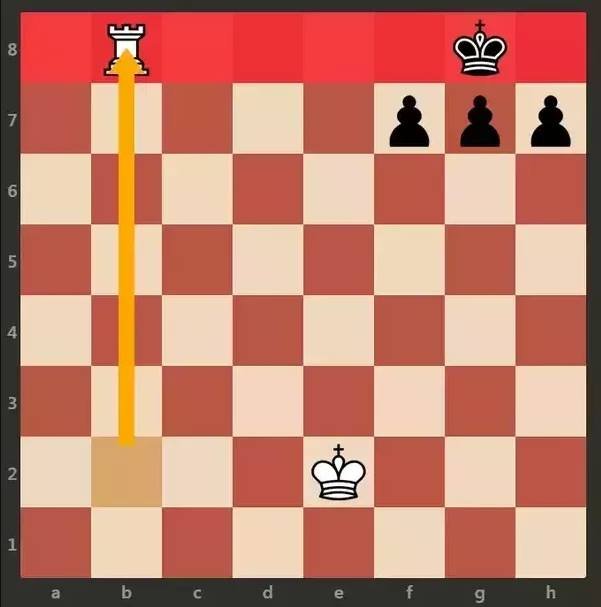
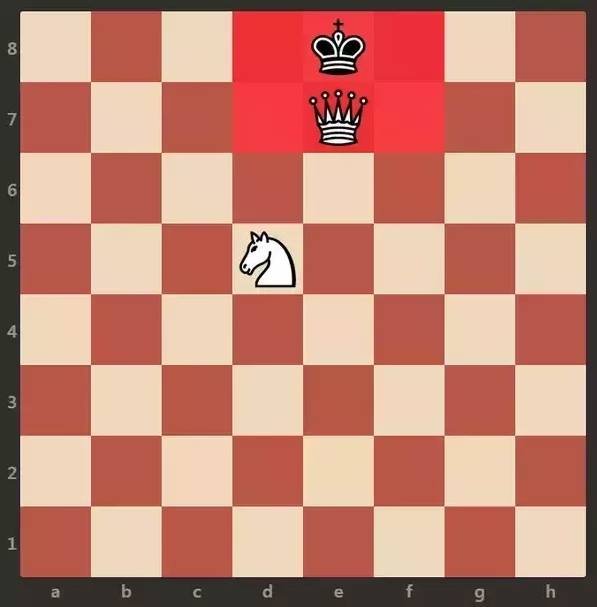
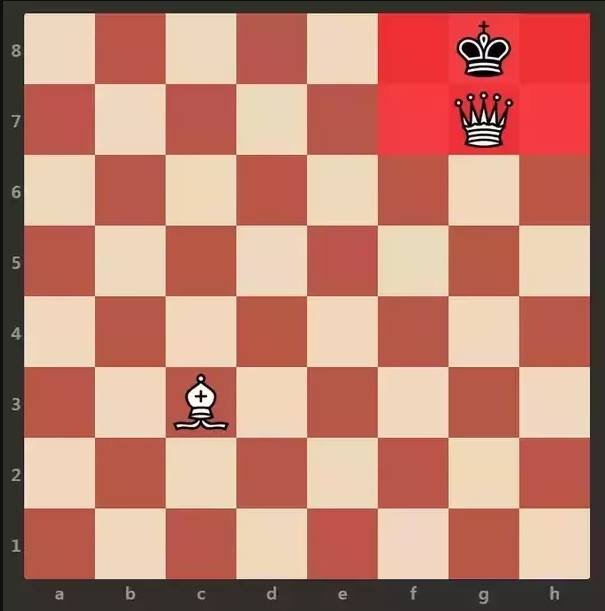
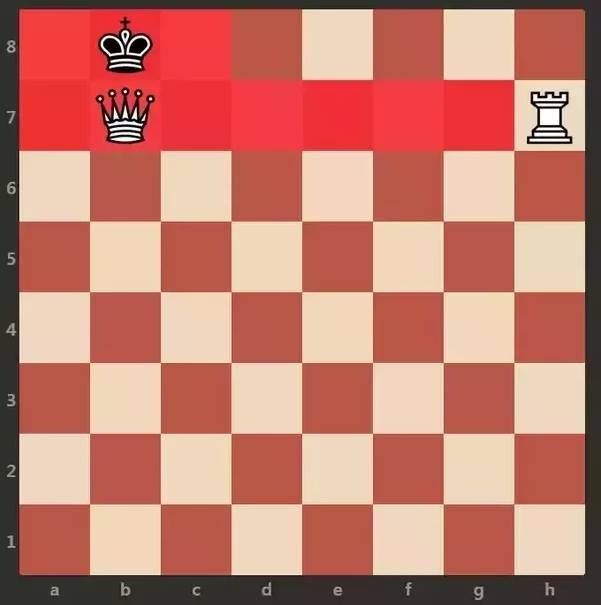
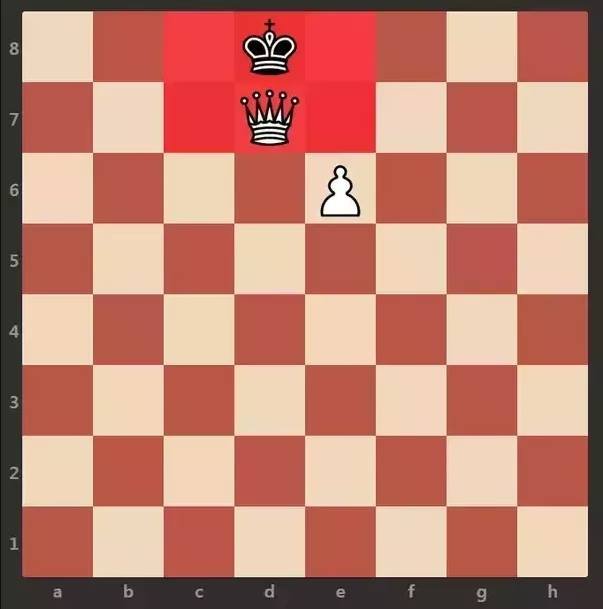
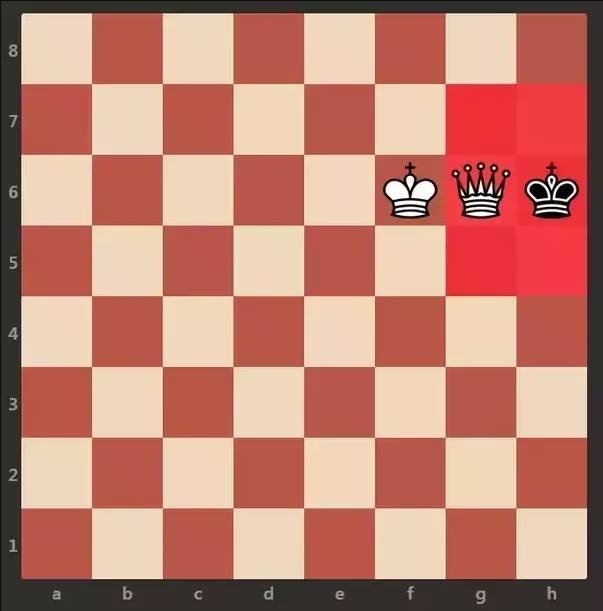
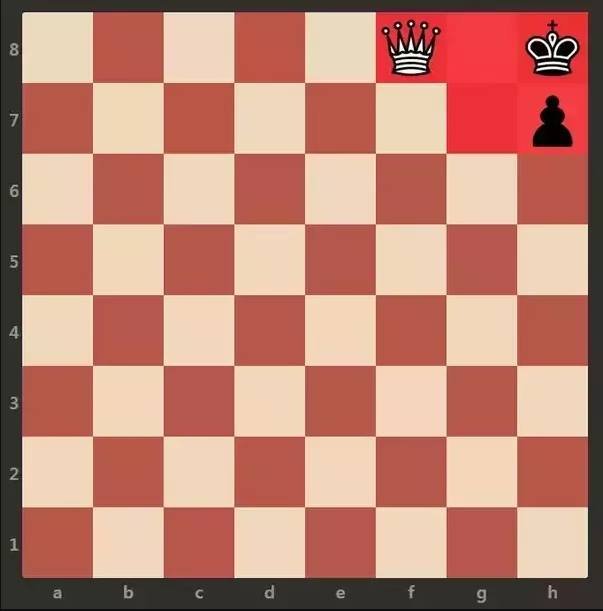
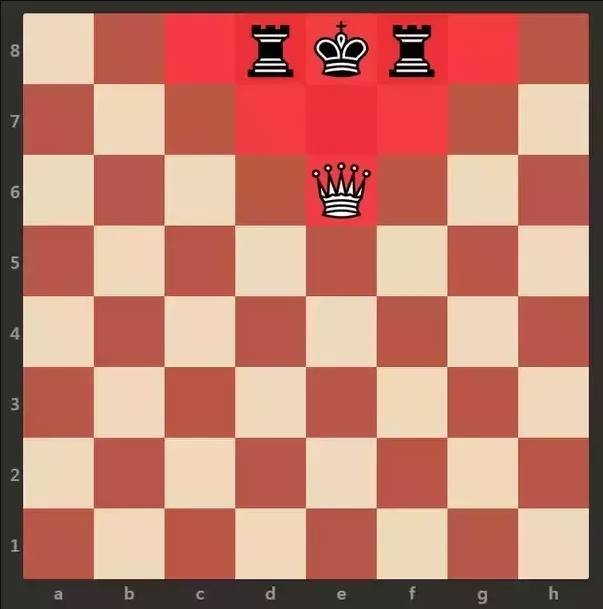
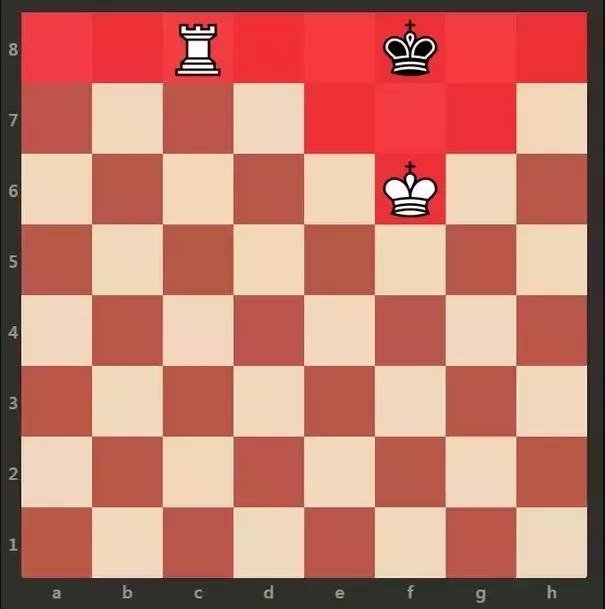


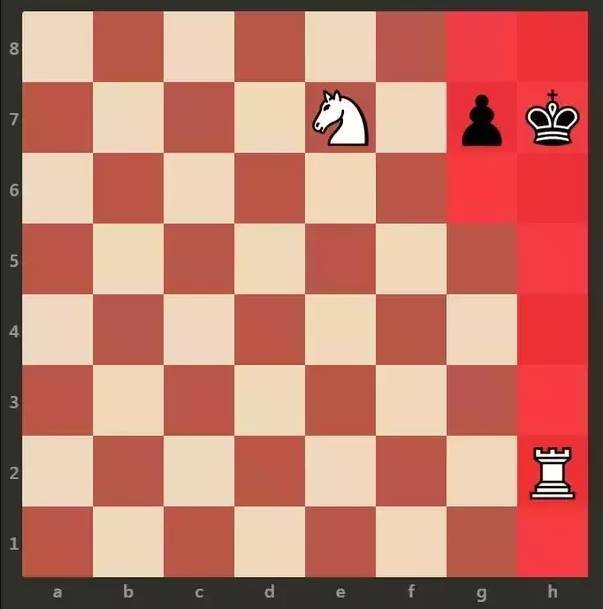
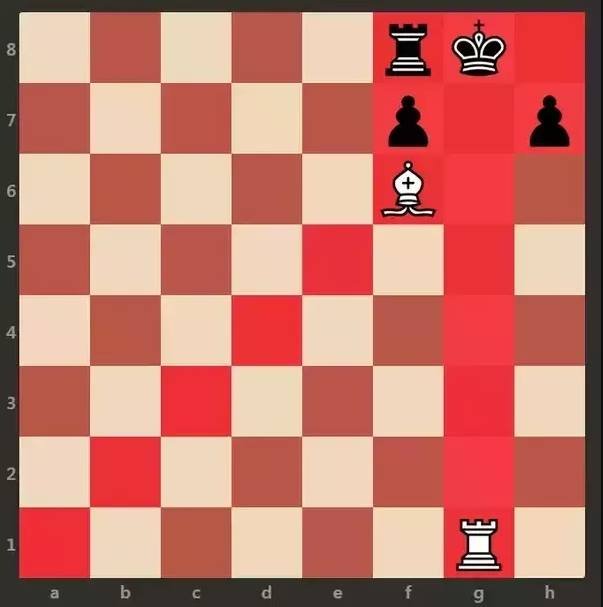

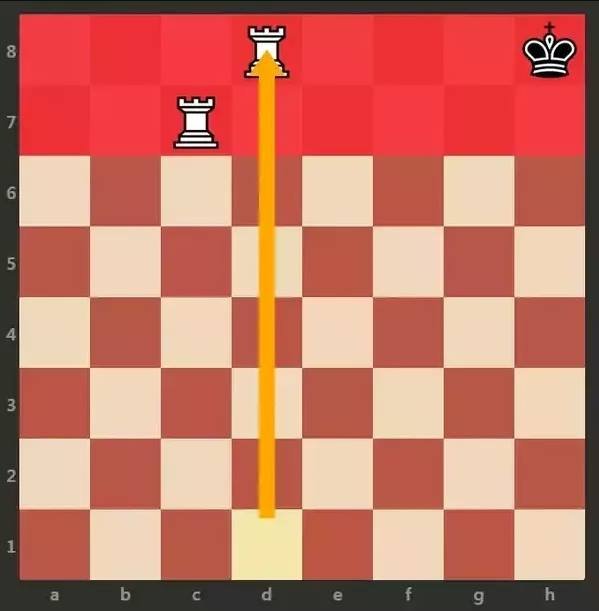
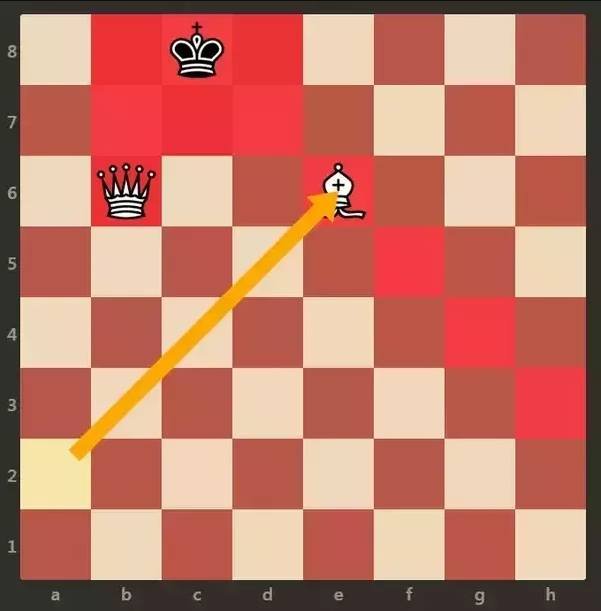
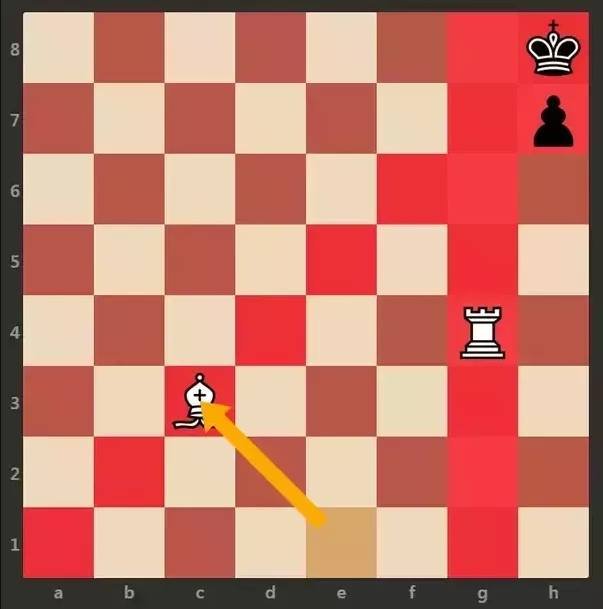
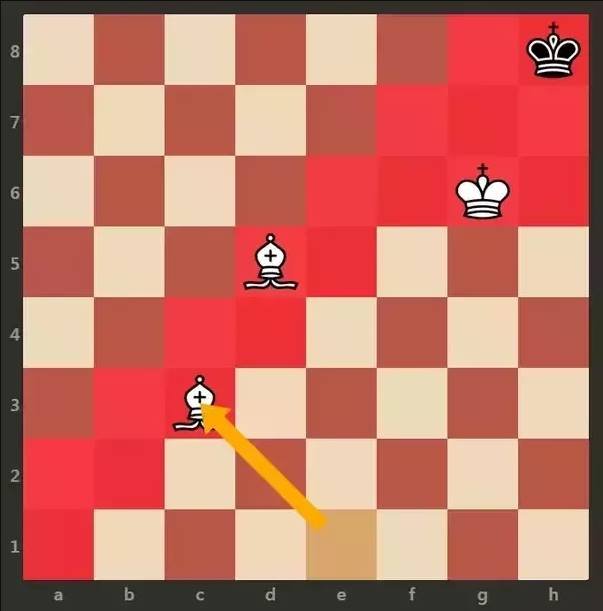
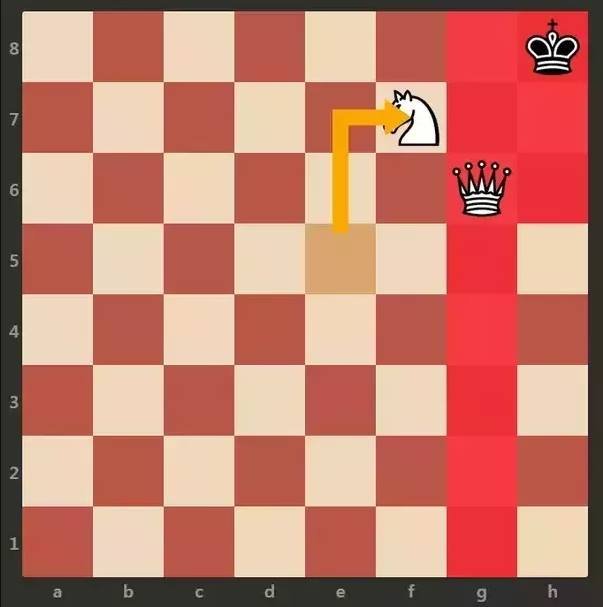
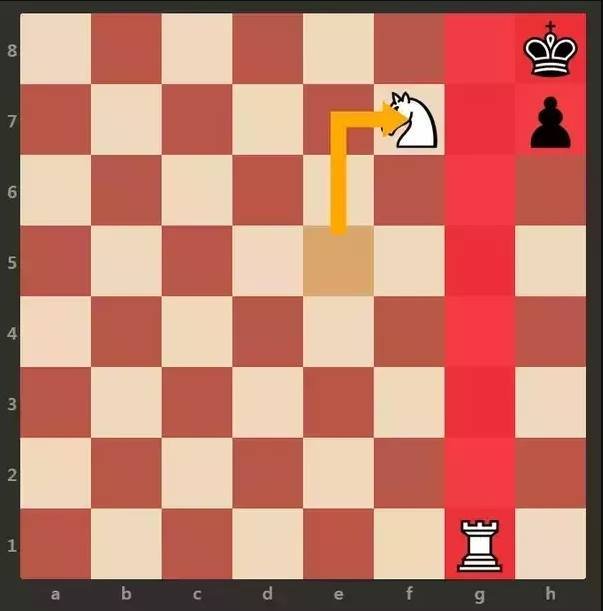
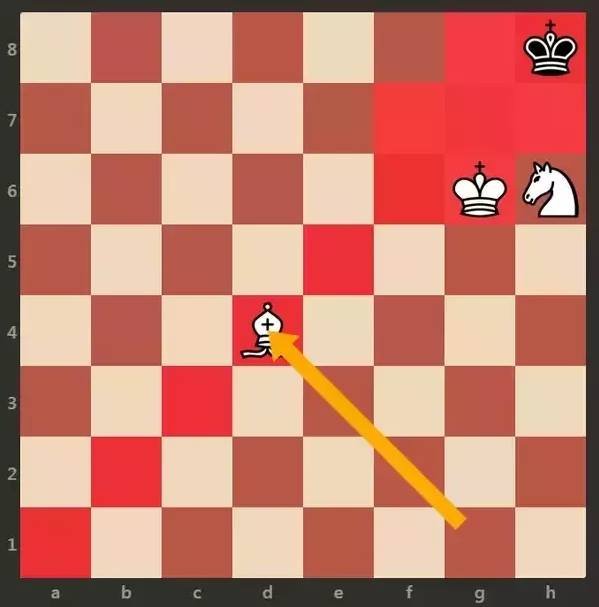
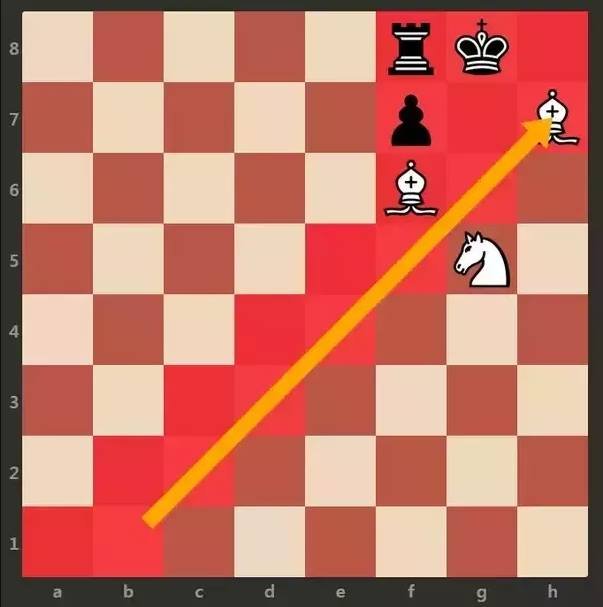
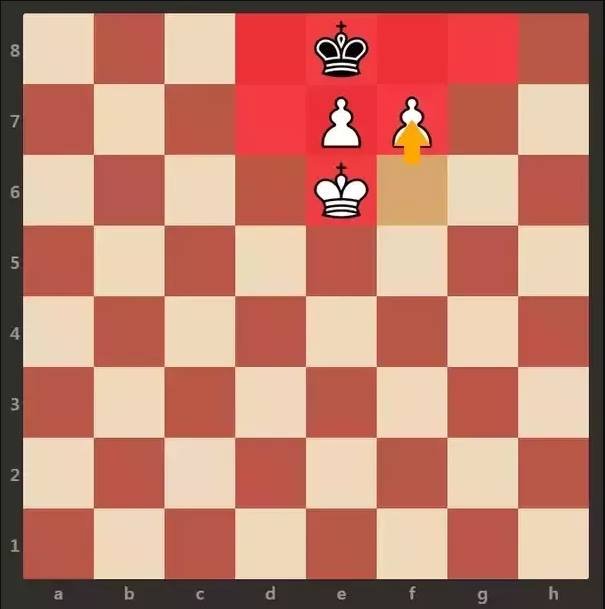
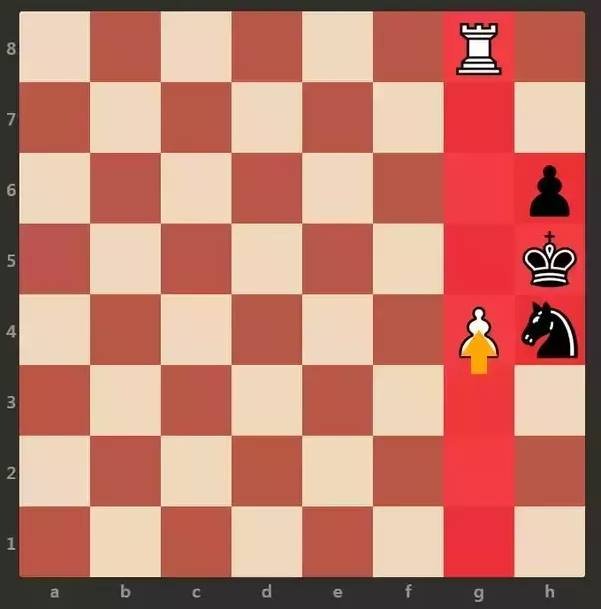

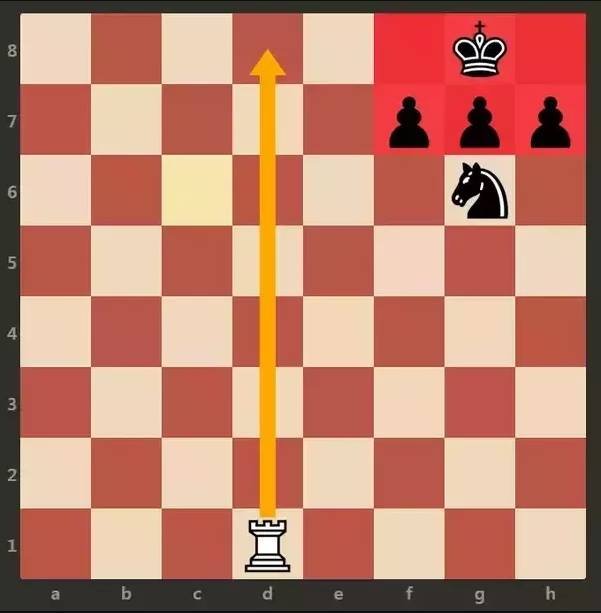
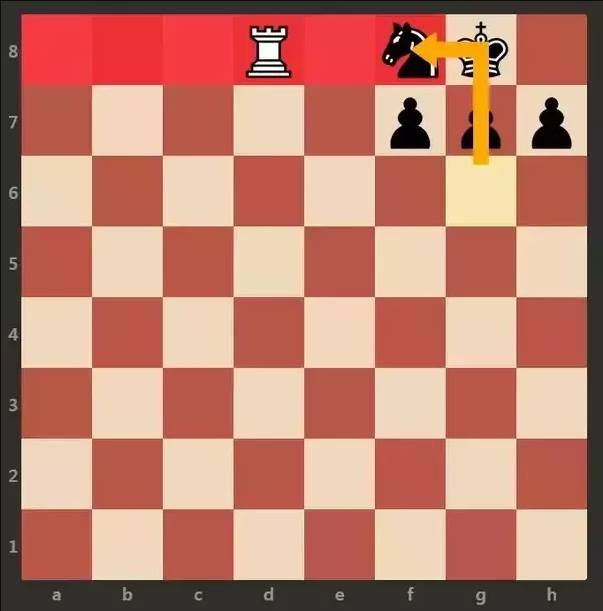
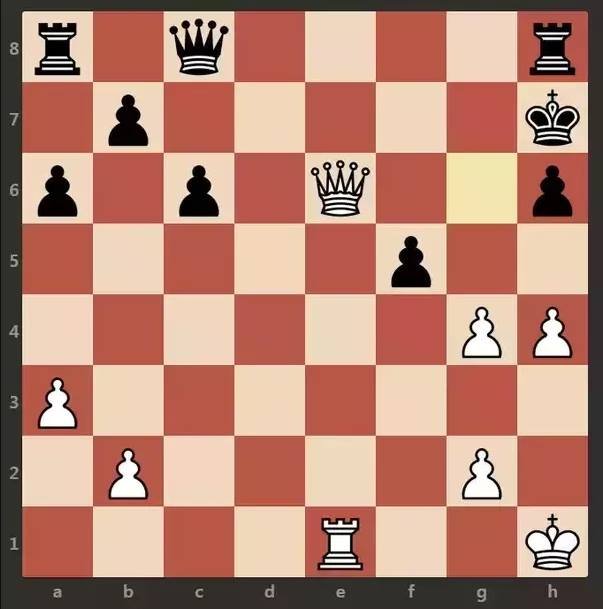
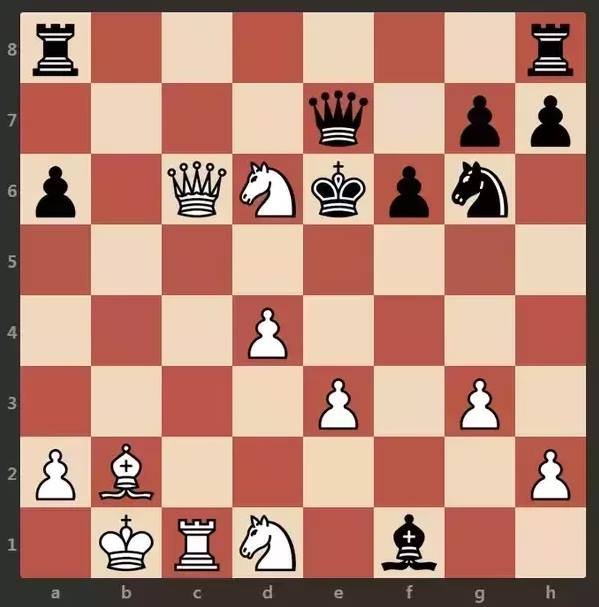
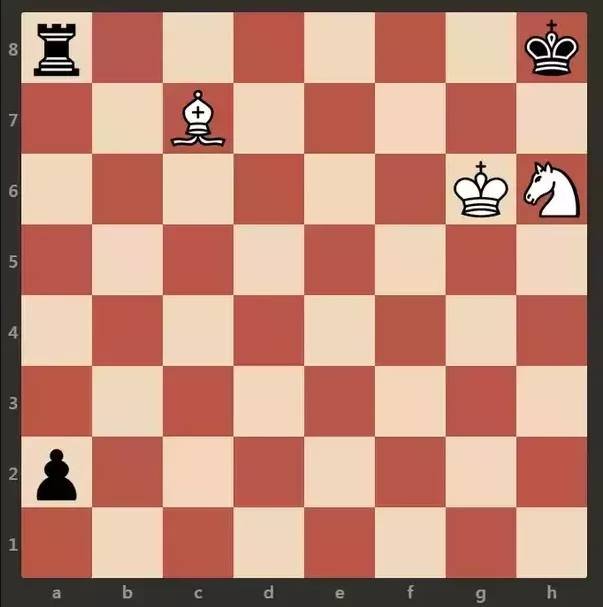
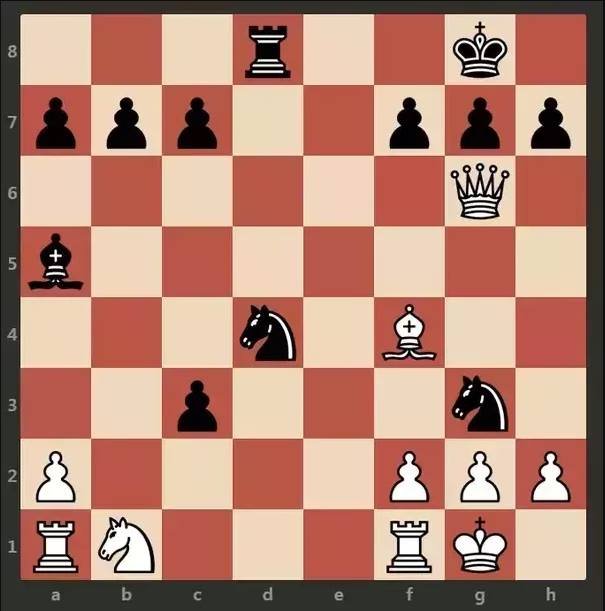
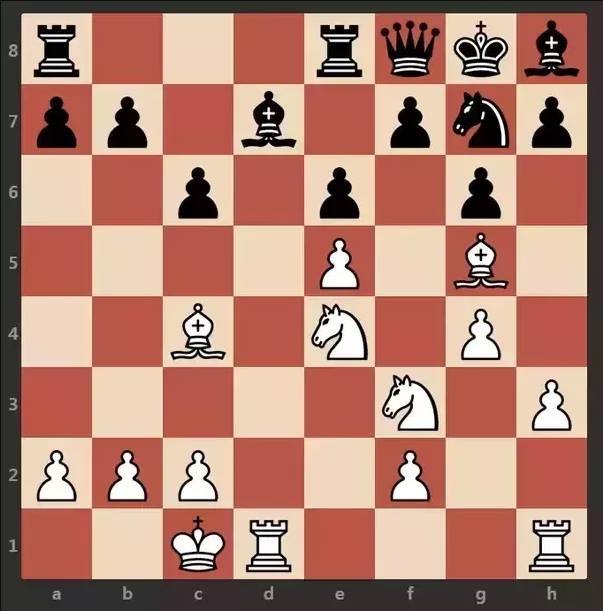
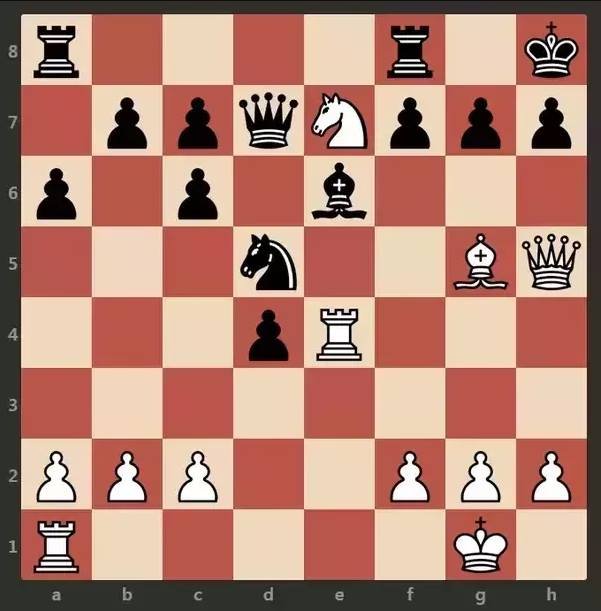
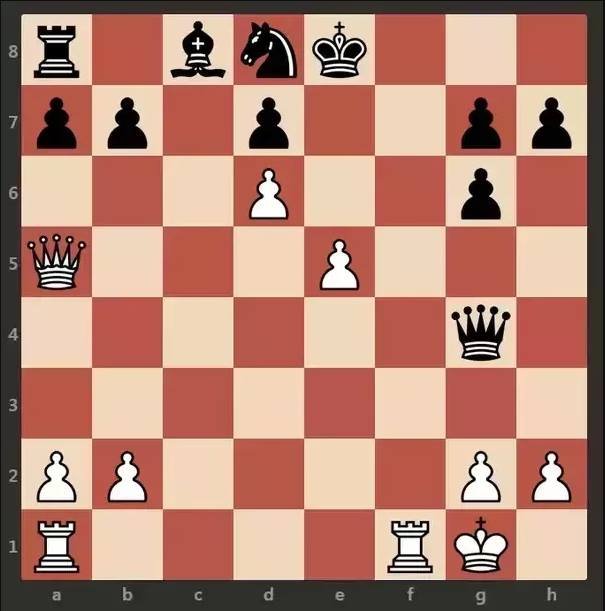
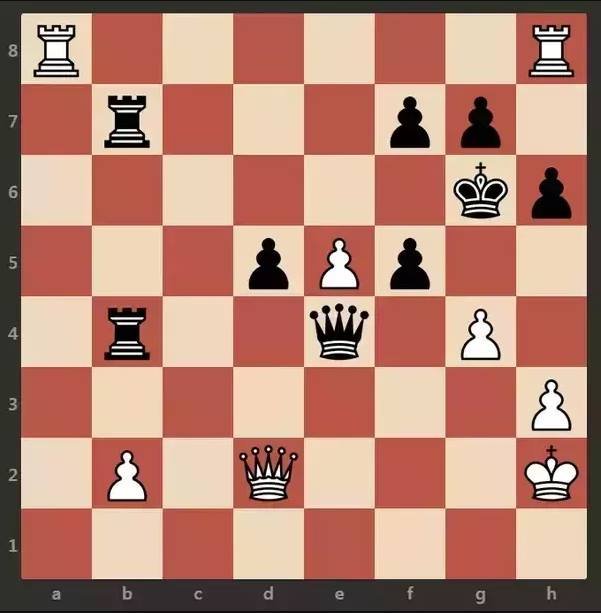
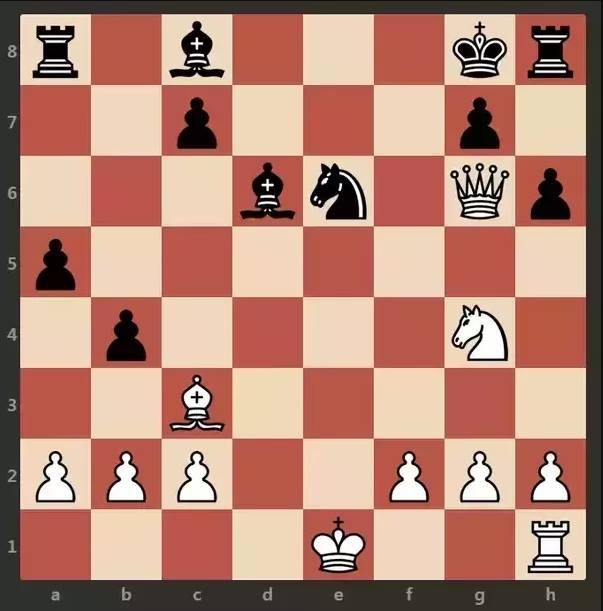

My blog is actually all self-photography unless it's a photo shoot.